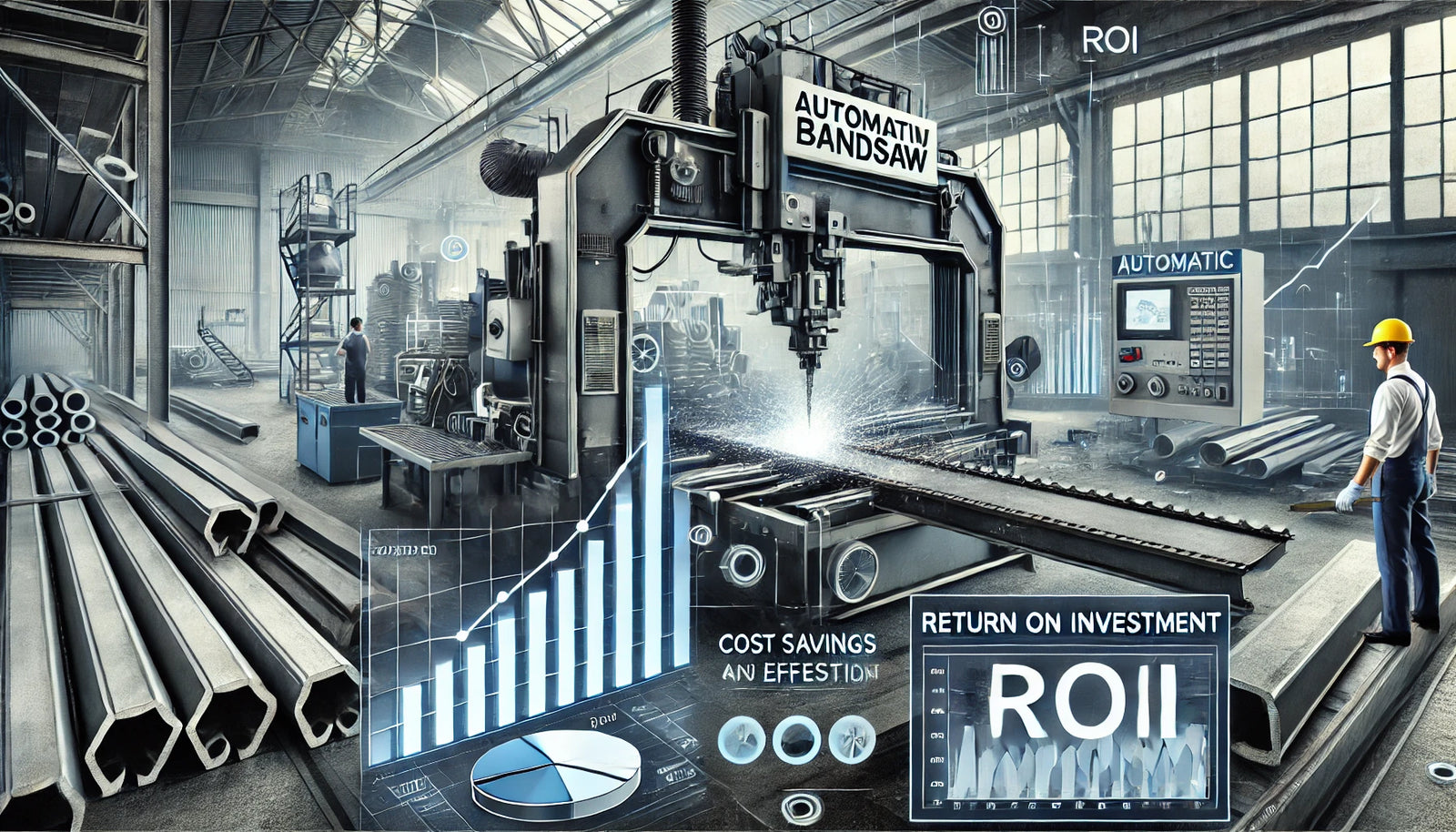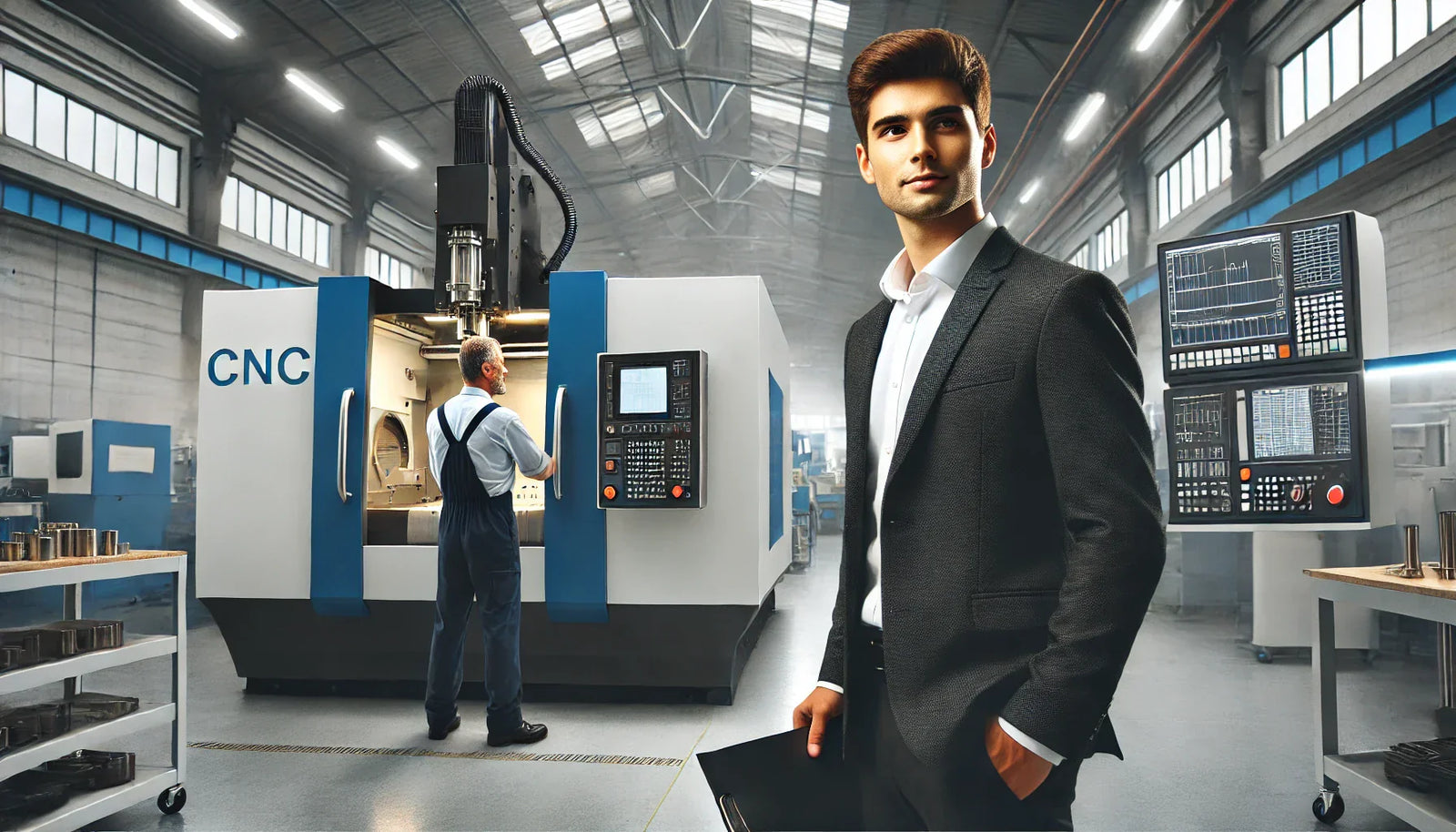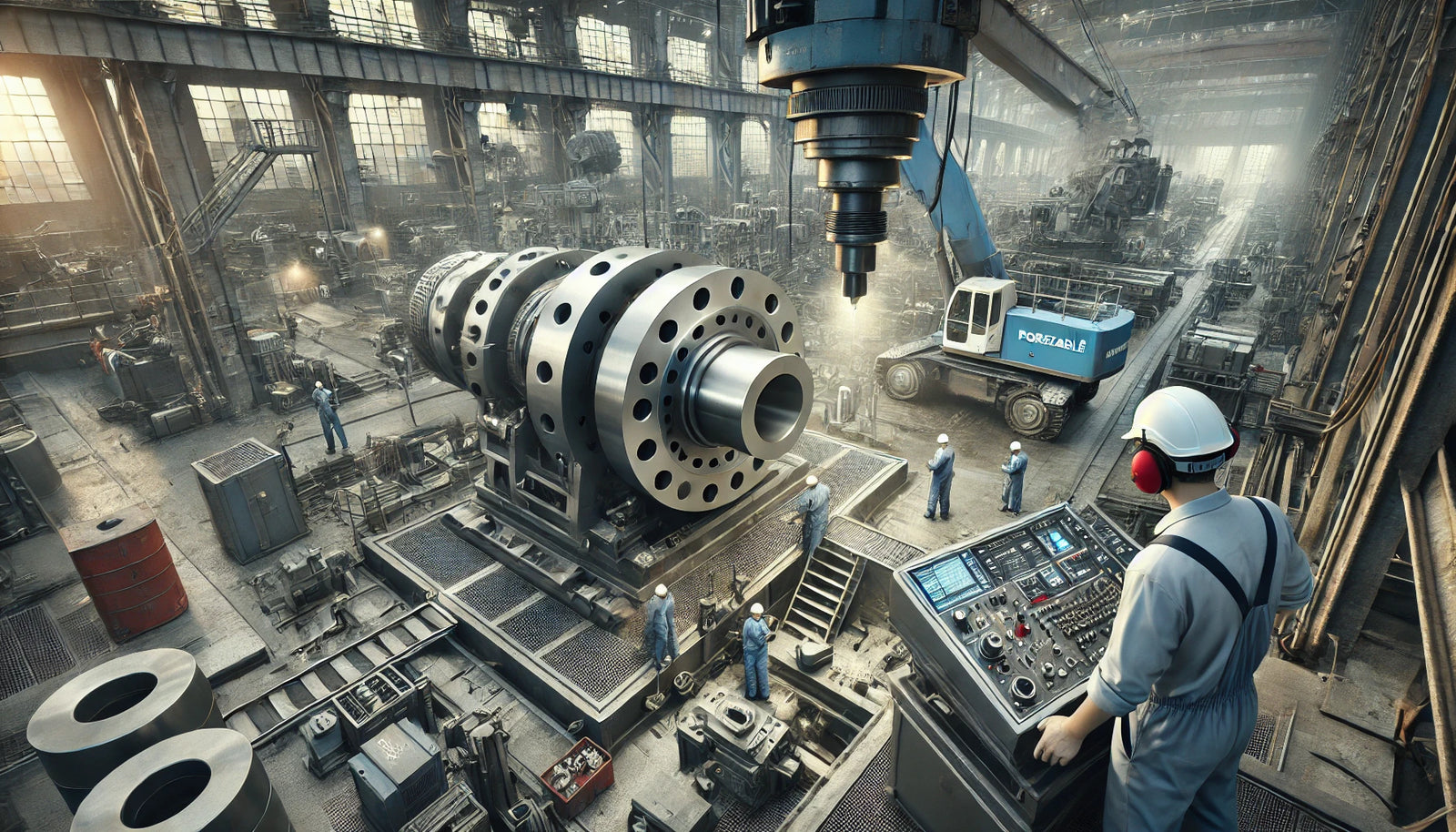How to Calculate ROI for Automatic Bandsaws in Steel Cutting Operations
Investing in new equipment can be a major decision for companies, particularly in industries like steel cutting where precision and efficiency are paramount. Automatic bandsaws, which offer increased speed, accuracy, and automation, are a popular choice for many manufacturers and steel processing operations. However, the key question for decision-makers is: What is the return on investment (ROI) for purchasing an automatic bandsaw?
In this guide, we’ll walk you through the steps to calculate the ROI for automatic bandsaws, so you can make a well-informed purchasing decision that supports your company’s long-term goals.
What is ROI?
ROI (Return on Investment) is a financial metric used to measure the profitability of an investment relative to its cost. It is typically expressed as a percentage, representing how much return you will receive for every dollar invested.
The formula for calculating ROI is:
ROI = (Net Profit / Cost of Investment) x 100
In the context of purchasing an automatic bandsaw, this formula will help you evaluate how the benefits of the saw (like increased efficiency, labor savings, and reduced waste) compare to its purchase and operating costs.
Step 1: Estimate the Total Cost of Investment
To calculate the ROI for an automatic bandsaw, the first step is to determine the total cost of ownership (TCO). This includes not just the upfront cost of the bandsaw itself, but also the following factors:
- Purchase Price: This is the initial cost of the automatic bandsaw. Prices can vary depending on the model, size, and features, so gather quotes or check supplier pricing.
- Installation and Setup Costs: These costs include transporting the equipment, site preparation, and setup by a technician.
- Training Costs: While automatic bandsaws are user-friendly, employees will likely need some training to operate the machine efficiently and safely.
- Maintenance Costs: Estimate annual maintenance expenses, including routine service and any potential replacement of parts.
- Operating Costs: Consider the electricity consumption and any consumables (blades, coolant, etc.) used by the bandsaw during operation.
Totaling these costs will give you the full financial picture of your investment.
Step 2: Calculate Efficiency Gains
Automatic bandsaws offer several efficiency gains over manual or semi-automatic saws, such as:
- Increased Cutting Speed: Automatic bandsaws can process more cuts in a shorter amount of time, directly boosting productivity.
- Reduction in Downtime: Automated systems are more reliable and require less frequent manual intervention, reducing downtime and the associated loss in productivity.
- Improved Accuracy and Reduced Waste: Automatic bandsaws tend to produce more precise cuts, minimizing material waste due to mistakes and rework.
To quantify these benefits, estimate the time savings per shift or per day by comparing the output of your current cutting process with what the automatic bandsaw can achieve. Multiply that by the number of working days in a year to get your annual productivity gains.
Step 3: Measure Labor Savings
With automation, fewer operators are required to run the machine, and those who are involved will spend less time actively managing the cutting process. This can lead to substantial savings in labor costs. Consider the following:
- Labor Reduction: Estimate the number of operators needed before and after implementing the automatic bandsaw. Calculate the cost difference in wages.
- Reallocation of Resources: Automatic bandsaws allow your workforce to focus on other higher-value tasks, indirectly benefiting your operation.
These savings can be added to your total benefit estimate.
Step 4: Calculate the Material Savings
Automatic bandsaws are more precise, which reduces material waste from inaccurate cuts. Additionally, their ability to optimize cutting paths and reduce errors helps cut down on the cost of raw materials.
- Waste Reduction: Compare the material waste from your current saws to the potential reduction with an automatic bandsaw.
- Cost of Raw Materials: Multiply the difference in waste by the cost of the steel or other materials you're cutting to estimate your material savings.
Step 5: Estimate the Revenue Boost
If the automatic bandsaw allows you to increase production capacity, this could lead to more orders and greater revenue. Calculate how much additional revenue your company could earn by processing more steel and taking on more jobs with the added capacity.
Step 6: Consider Tax Incentives and Depreciation
In some regions, tax incentives or deductions for capital equipment purchases can reduce your overall investment cost. You may also be able to depreciate the machine over time, which reduces the taxable profit from the purchase. Consult with a tax advisor to understand the specific benefits available in your area.
Step 7: Calculate the Net Profit
Now that you have estimates for the cost of the automatic bandsaw and the potential savings and revenue increases, you can calculate your net profit. Use this formula:
Net Profit = (Efficiency Gains + Labor Savings + Material Savings + Revenue Boost) - (Total Cost of Ownership)
This figure represents the financial benefits your company will experience after investing in the automatic bandsaw.
Step 8: Calculate ROI
With the net profit in hand, apply the standard ROI formula:
ROI = (Net Profit / Total Cost of Ownership) x 100
This percentage will tell you how much return you can expect from your investment in an automatic bandsaw. A positive ROI indicates that the investment is likely to pay off over time, while a higher percentage suggests a more profitable investment.
Conclusion
Purchasing an automatic bandsaw for your steel cutting operations can provide significant benefits in terms of increased efficiency, labor savings, reduced waste, and potentially higher revenues. By carefully calculating the ROI using the steps outlined above, you can make a more informed decision and determine if the investment will provide long-term value to your company.
If you're ready to upgrade your steel cutting process, an automatic bandsaw might be the tool that helps you boost productivity and profitability.





